
Severe physical and mental effects of epilepsy
Baby BQK (born in 2016, Hanoi ) started having unusual seizures 5 years ago. Ms. CLV, the baby's mother, shared that at first, her child responded quite well to the medication, but by 2024, despite increasing the dose and combining many types of medication, her child still had seizures regularly, sometimes dozens of times a day.
Prolonged seizures not only put the child at risk of falling and injury, but also seriously affect physical and mental development. Over the past 5 years, the family has taken the child to many places, even abroad, but the child's condition has not improved. The family is always looking for ways for the child to have a normal life like 5 years ago.
According to the World Health Organization (WHO), about 30% of epilepsy patients do not respond to drug treatment – a condition known as refractory epilepsy. In these cases, surgery to remove the epileptic focus is one of the most effective options. However, determining the exact location of the lesion in the brain is extremely difficult, especially when the diseased area is deep or widespread.
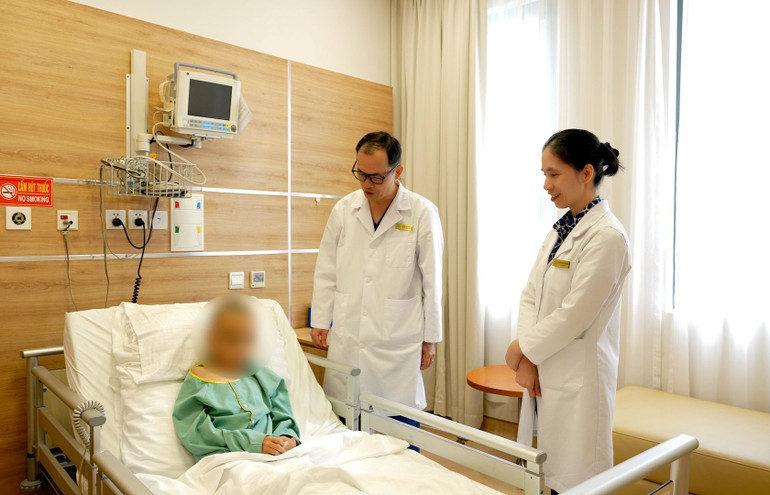
K.'s case is a complicated one. Existing techniques such as scalp electroencephalography, magnetic resonance imaging (MRI) or PET scan cannot detect a clear epileptic focus. The patient has used the maximum dose of medication but cannot control the disease.
After a multidisciplinary examination, consultation and comprehensive assessment, doctors at Vinmec Central Park decided to apply the most modern technique: placing intracranial electrodes under the positioning of the AutoGuide Robot - a technology that has never been deployed before in Vietnam.
Opportunities for patients with resistant epilepsy
According to Master, Doctor Truong Van Tri - Head of Neurosurgery Department, to accurately determine the epileptic focus, doctors need to implant electrodes deep into the brain and record intracranial electroencephalogram (SEEG) continuously for many days. This is a specialized technique, requiring almost absolute precision to avoid damaging important nerve and blood vessel structures.
In this case, the AutoGuide Robot acts as an intelligent navigation system, helping the doctor locate and insert electrodes into the brain accurately and quickly, minimizing invasiveness.
The robotic arm is pre-programmed to ensure that the electrodes are placed in the correct position for examination without affecting functional areas. The small incision, only a few millimeters, helps reduce pain, limit the risk of infection and significantly shorten surgery time.
According to Dr. Tri, in the past, electrode placement relied mainly on skill and experience. Now, with AutoGuide, doctors can achieve maximum accuracy in complex cases.
The intracranial EEG monitoring process lasted 7 days, with the support of Associate Professor, Dr. Nakae Shunsuke, a neurologist from Japan. The recorded data helped determine that K.'s epileptic focus was located deep in the right orbital forehead and lower frontal lobe - where many large nerves and blood vessels such as vision and smell are concentrated.
On June 17, the surgery to remove the epileptic focus was performed by Dr. Tri's team. Thanks to precise positioning from the robot, the surgery was safe, limited blood loss, short intervention time, and left no neurological sequelae.
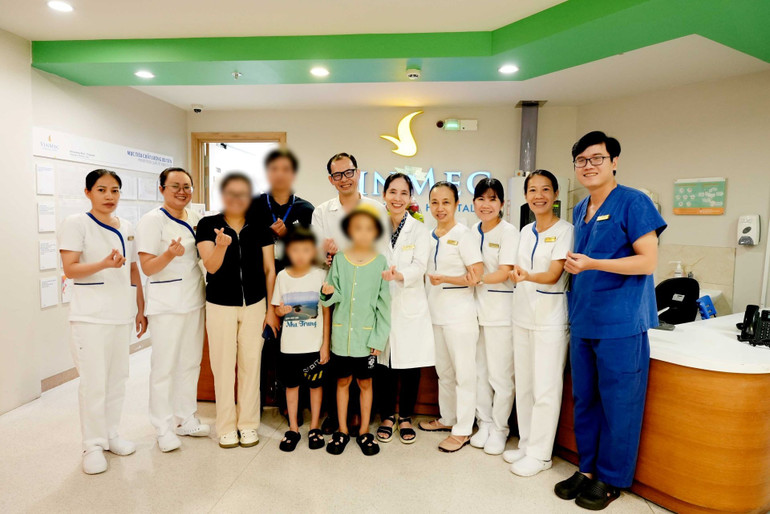
After more than 1 month of surgery, baby BQK recovered well, lived and played normally, without any neurological defects.
"We recorded only two mild seizures during sleep - compared to dozens of seizures per day before. According to medical literature, epilepsy surgery can help 60-80% of patients control or completely eliminate seizures if performed correctly and with the right technique," said Dr. Tri.
The success of the case comes from the close coordination between specialties: neurosurgery, neurology, diagnostic imaging, anesthesia and resuscitation... along with a strong investment strategy in technology and human resources at Vinmec.
Vinmec Central Park is currently one of the few medical facilities in Vietnam that has successfully implemented SEEG intracranial electrode placement, owns the AutoGuide positioning robot system, has a team of doctors trained extensively abroad, and regularly cooperates with international experts.
The personalized treatment model – designing a separate treatment regimen for each patient – is also a difference that helps improve treatment effectiveness, especially in young children – a group of patients who are very sensitive to any neurological damage.
According to Dr. Tri, the successful surgery at Vinmec Central Park not only helped baby K. escape from persistent seizures, but also opened up a completely new direction in the treatment of complex neurological diseases.
The surgery performed by Vinmec Central Park International General Hospital ( Ho Chi Minh City) marks a breakthrough in the treatment of complex neurological diseases, opening up hope for thousands of epilepsy patients in Vietnam.
Source: https://nhandan.vn/buoc-ngoat-trong-dieu-tri-dong-kinh-bang-robot-dinh-vi-than-kinh-hang-dau-the-gioi-post896309.html



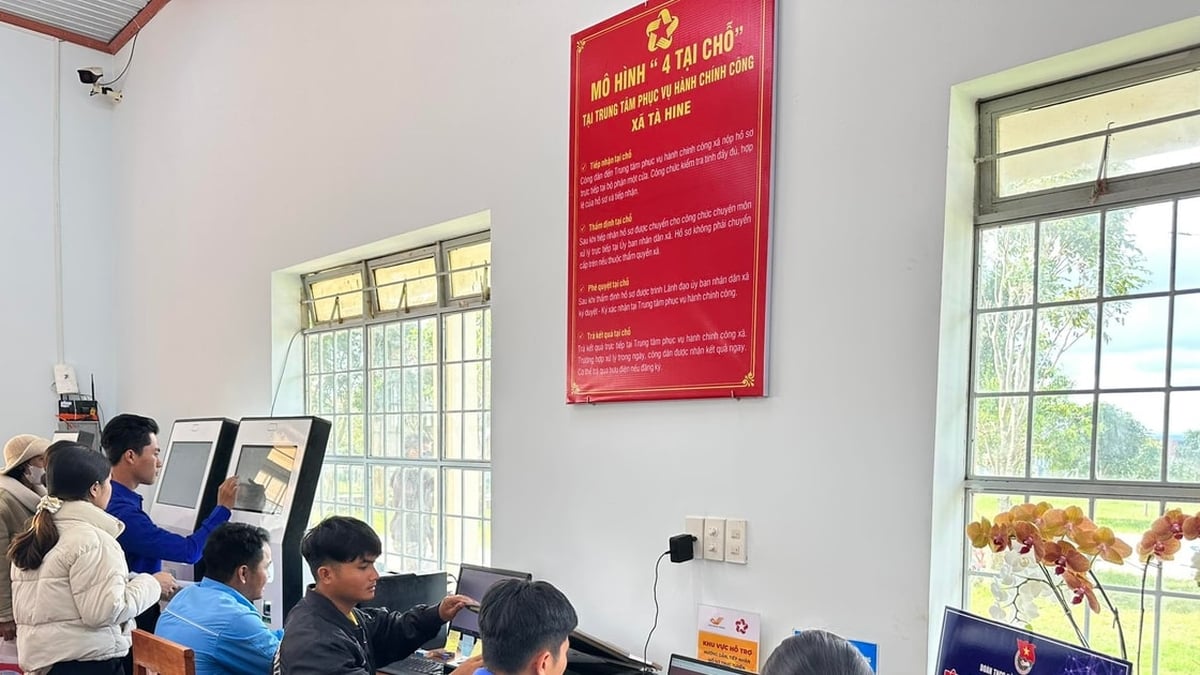



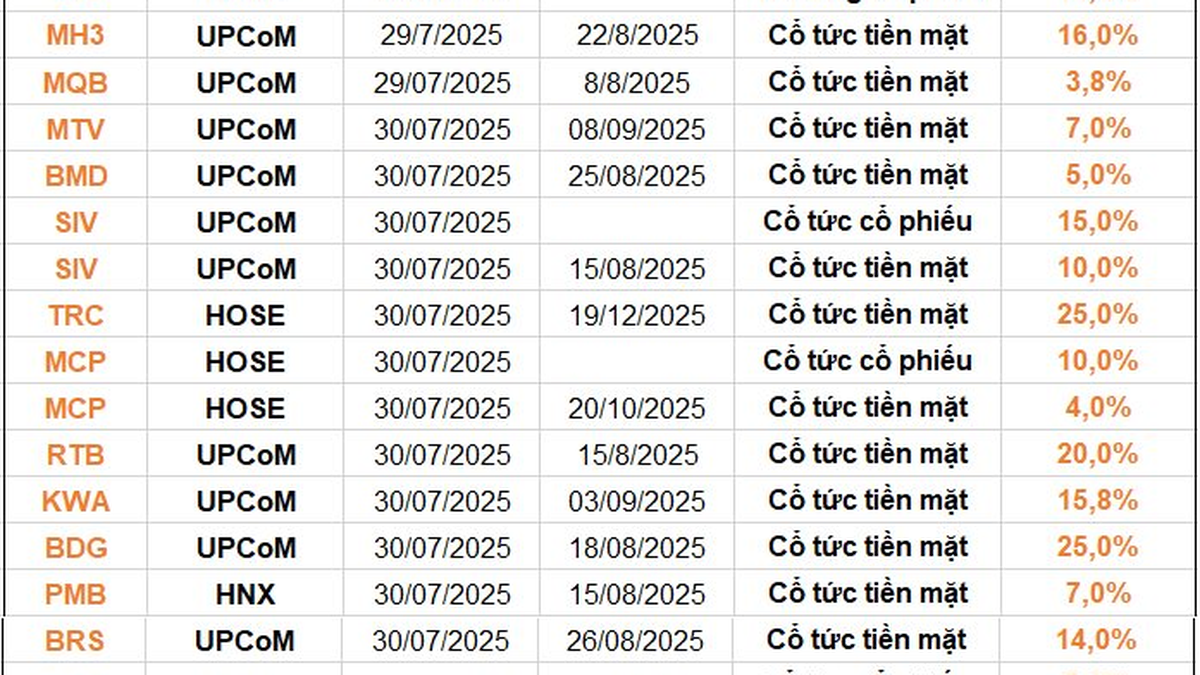



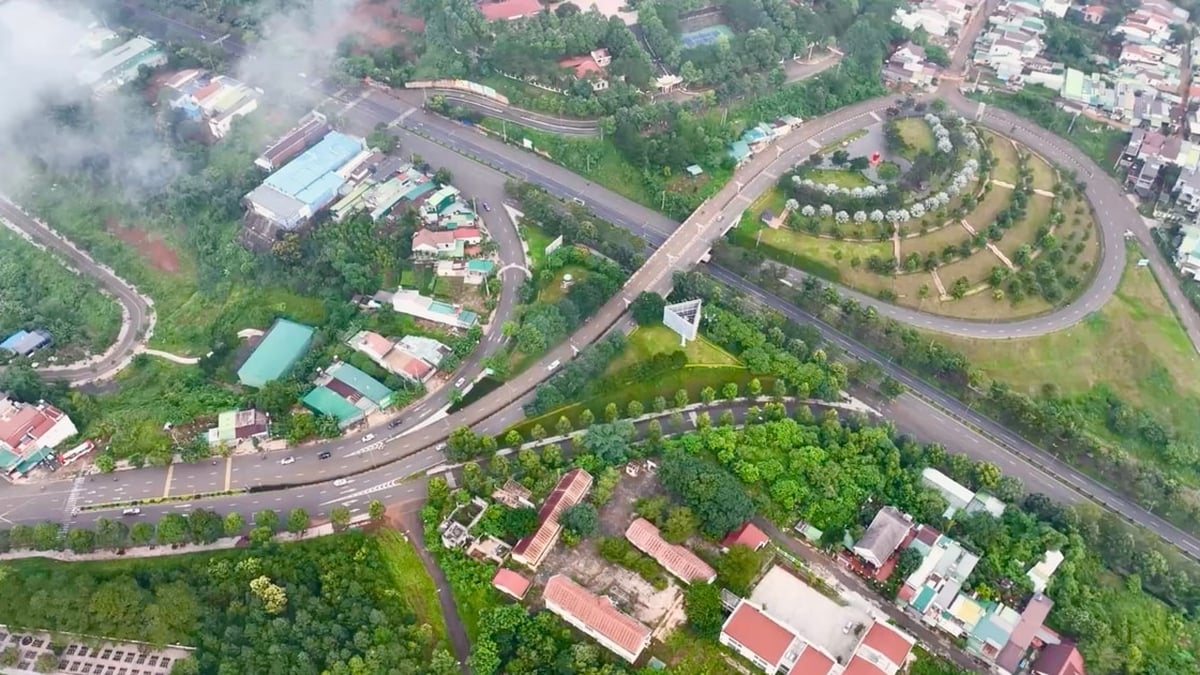






















































































Comment (0)